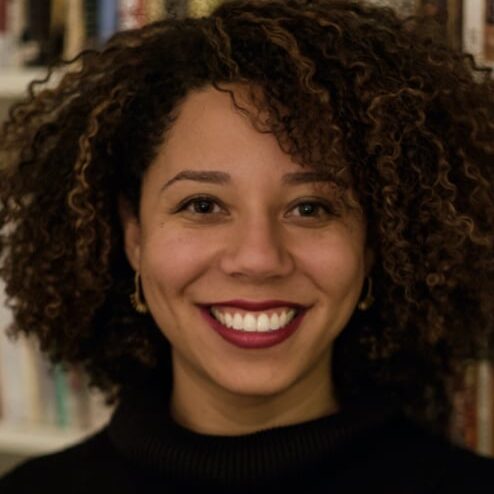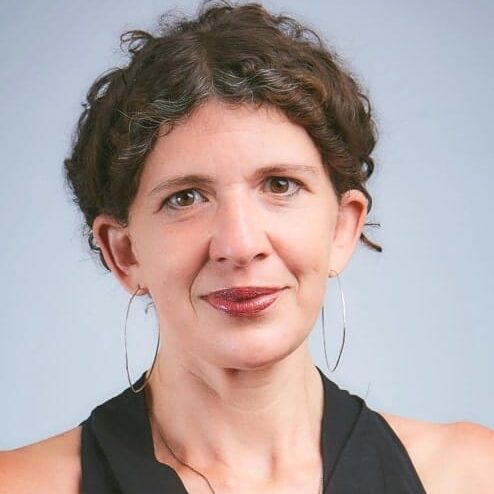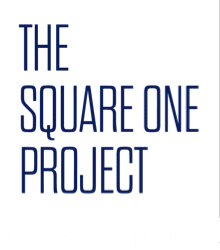December 2021 | Executive Session on the Future of Justice Policy What Makes a city safe: viable community safety strategies that do not rely on police or prisons
Overview
Divesting from law enforcement is not merely compatible with reducing interpersonal violence in communities; it is necessary. To understand why, we must consider the sources of violence.
In the year since police officer Derek Chauvin killed George Floyd, people across the country have called to “defund the police.” At the same time, many major urban centers have experienced an uptick in violence, including fatal shootings, increasing the urgency of demands for neighborhood safety. Public debate often pits these trends against one another, suggesting that defunding the police isn’t possible because pressing safety challenges require more police. Until we as a society decide to invest in structural solutions, inequity will continue fueling the fire of violence like a hose full of gasoline. This is the starting place for any conversation about public safety: exploring ways to keep people alive by creating a society that protects all of its members.
Authors

Amanda Alexander Founder & Executive Director, Detroit Justice Center

Danielle Sered Founder & Executive Director, Common justice
Amanda Alexander on Collective Power
In this video, Amanda Alexander discusses the power of personal and community connection to create protection from structural inequity and violence.
Danielle Sered on Violence and Abolition
In this video, Danielle Sered discusses the ways in which addressing violence can serve as a means to end our use of incarceration in the United States.
Viable Community safety strategies
- Address violence as a public health concern: Medical and public health researchers have long recognized violence as a public health crisis. If we want to stop violence, we need to promote public health and safety. Public health approaches to addressing violence include credible messenger and violence interruption programs and hospital-based programs.
2. Address inequity and meet people’s needs for economic wellbeing: Many violence intervention programs include economic stability—helping to meet people’s basic needs—as a key component of stopping violence. Employment and economic opportunities, parks and recreation facilities that allow people to socialize and build strong networks, quality schools, and accessible opportunities for cultural and artistic expression prevent community violence.
3. Organize and build power to shift resources and promote community safety: Addressing structural violence comes down to deciding how resources are spent—which means it comes down to power. Organizers across the country provide models for how we can shift resources away from policing and incarceration and toward institutions, infrastructure, and programs that make communities safer.
4. Heal pain: Addressing violence in ways that do not center punishment lead us to consider differently the needs of those harmed by it. This is not labor the criminal punishment system can or should do. Investing in healing work affirms the value of the person who was harmed and the values of the community that were breached when that person was hurt.
5. Transform harm: Prevention and healing work are critical, but we will not prevent all violence, and healing is not the only need that arises from an act of harm. At least for now, people will continue to harm each other, and communities and society will need methods of addressing harm when it occurs. Among the most effective accountability methods are restorative and transformative justice processes.
